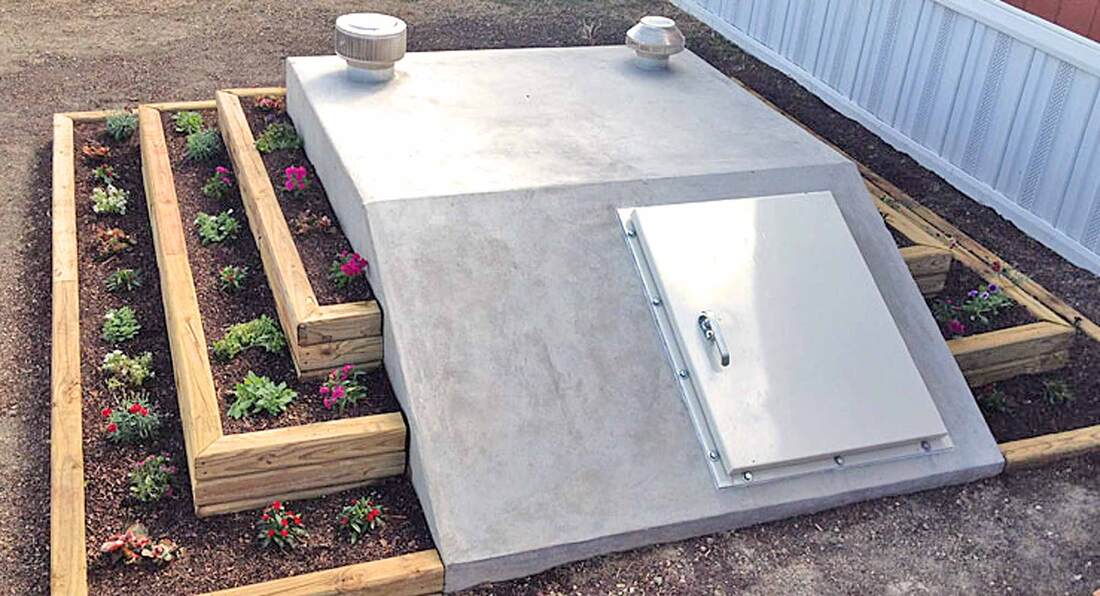Welcome to the ultimate guide to Mold Remediation Boulder CO! If you’ve ever experienced a water damage or fire damage incident in your home, then you know all too well the havoc it can wreak on your living space. But did you know that hidden within those damp walls and charred surfaces, there may be another threat lurking? Mold.
Mold infestations are not only unsightly, but they can also pose serious health risks to you and your family. That’s why it’s crucial to take immediate action when signs of mold appear. In this comprehensive guide, we will walk you through the steps of effective mold remediation, ensuring that your home is clean and safe once again. So grab a cup of coffee (or tea!) and get ready to become an expert in tackling mold head-on. Let’s dive right into it!
Steps to Take for Mold Remediation
Step 1: Identify the Source
The first step in mold remediation is to identify the source of moisture that is causing the mold growth. This could be a leaky pipe, a roof leak, or even excessive humidity in your home. By addressing the underlying issue, you can prevent future mold problems.
Step 2: Assess the Damage
Once you’ve identified the source, it’s time to assess the extent of the mold damage. This involves inspecting not only visible areas but also hidden spaces where mold may be growing unnoticed. A thorough assessment will help determine the best course of action for removal and prevention.
Step 3: Contain and Remove Mold
To prevent further contamination, it’s important to contain and remove any affected materials properly. This includes wearing protective gear such as gloves and masks to avoid exposure to airborne spores. Depending on the severity of infestation, professional assistance may be necessary for effective removal.
Step 4: Clean and Disinfect
After removing all visible mold growth, it’s crucial to thoroughly clean and disinfect surfaces using appropriate solutions recommended by experts or professionals in water damage restoration or fire damage restoration field. Cleaning alone is not enough; proper disinfection will help ensure that spores are eliminated entirely.
Step 5: Prevent Future Mold Growth
Take steps to prevent future mold growth by addressing any moisture issues in your home. Repair leaks promptly, improve ventilation in damp areas like bathrooms or basements, and control indoor humidity levels with dehumidifiers if necessary.
Remember that while these steps can guide you through basic mold remediation processes; dealing with extensive infestations or toxic molds requires professional expertise from experienced water damage restoration or fire damage restoration companies who specialize in creating safe living environments free from harmful contaminants.
Signs of Mold Infestation in Your Home
Mold is a common problem that many homeowners face, and it can have serious consequences for your health and the structural integrity of your home. Identifying the signs of mold infestation early on is crucial to prevent further damage and ensure a safe living environment for you and your family.
One telltale sign of mold growth is a musty odor. If you notice a persistent, earthy smell in certain areas of your home, especially in damp or poorly ventilated spaces like basements or bathrooms, it could be an indication of hidden mold.
Visible mold growth is another obvious sign that there’s a problem. Keep an eye out for patches or clusters of black, green, or white spots on walls, ceilings, floors, or other surfaces. Remember that sometimes mold may not be easily visible as it can grow behind wallpaper, under carpets, or inside wall cavities.
Water stains are also indicative of potential mold problems. Discoloration on walls or ceilings can indicate past water leaks or moisture issues which create the perfect conditions for molds to thrive.
If you’ve been experiencing unexplained allergic symptoms such as sneezing, coughing, watery eyes when indoors but feel better outdoors – this could be another sign that mold has infiltrated your home. Mold spores can trigger allergies and respiratory problems in sensitive individuals.
Additionally if you see peeling paint or wallpaper bubbling up without any apparent reason – this could be due to excessive moisture caused by underlying molds spreading beneath the surface.
Conclusion
In this ultimate guide to mold remediation, we have explored the steps you need to take in order to effectively address a mold infestation in your home. By being vigilant and taking prompt action, you can prevent further damage and protect your health.



